Description
The Spring3 DAC is here!
[metaslider id=”4695″]
Slide show of the L2 Spring3 Dac.
[metaslider id=”9148″]
Slide show of the KTE Spring3 Dac.
Product Description:
This new DAC “Spring3” is the design that has been very popular since 2016. This is another milestone for HoloAudio’s own Jeff Zhu. It’s a full discrete R2R type of audio decoder and does not have off the shelf-DAC chip! This is a bespoke custom-designed core DAC module and truly a breakthrough with technology for any DAC chip today. Trickle down technology from the Flagship May Dac. The Spring3 is here to achieve new heights, new dynamics and simply a full spectrum of audio to please the aural senses.
Features:
- A new generation of linear compensation technology. A better solution to the resistance, accuracy errors caused by switching components and PCB, after compensations makes the equivalent accuracy reach 0.00005%.
- The new generation of de-glitch technology can provide a full range without increasing the noise floor or other adverse effects.
- Based on this new generation of technology, “泉3” Spring3 (non preamp model) can provide a SINAD of >112dB and a dynamic range of >128dB, which represents the performance limit reached by today’s most advanced R2R architecture DAC.
- Using the ultimate performance of PLL+FIFO technology, provides 0.1Hz Third-Order low-pass ability to inhibit jitter. It also uses a high-performance femtosecond VCXO as the PLL clock source. Under the premise of being almost immune to the front-end jitter, it can also lock up to 1.5us-2us @ 1KHz signal with high jitter. (It can lock up to 1.5us-2us @ 1kHz signal with high jitter on the premise of almost being immune front-end jitter).
- The USB interface uses proprietary firmware with ultra-low latency, a highly reliable data transmission, ideal USB eye pattern measurements that contributes to 2-4 times higher performance than official firmware.
- A single, independent HDMI-I2S input interface is provided, which has a four-way independent circuit, as opposed to standard LVDS chip, making I2S clock signals subject to lower interference and lower jitter. In addition, the I2S input can be configured with a specific pinout configuration, making it compatible with most of the HDMI-I2S digital devices on the market.
- Optional (Factory installed only): A fully balanced, fully discrete analog pre-amplifier. Provides 84 steps, each step is 1db of volume control.
Specifications
Digital input |
|
| COAXIAL1, COAXIAL2, OPTICAL, AES | PCM 44.1-192K (24bit) |
| DSD 64X (DOP) | |
| USB | PCM 44.1K-1.536M (32bit) |
| DSD 64-512X (DOP) | |
| DSD 64-1024X (Native) | |
| I2S | PCM 44.1K-1.536M (32bit) |
| DSD 64-1024X | |
Analog Output |
|
| PCM 48K NOS | THD+N 0.00032% @1K(-110dB) |
| DNR 127dB | |
| DAC Voltage Output 2.9Vrms (RCA), 5.8Vrms (XLR)
Output Impedance RCA 27 Ohm/XLR 54 Ohm |
|
| (Optional) Pre-amplifier Voltage Output 5.8Vrms (RCA), 11.6Vrms (XLR) | |
| DSD 128X | THD+N 0.00025% @1K(-112dB) |
| DNR 115dB | |
| DAC Voltage Output 1.45Vrms (RCA), 2.9Vrms (XLR) | |
| (Optional) Pre-amplifier Voltage Output 2.9Vrms (RCA), 5.8Vrms (XLR) | |
Physical Characteristics |
|
| Size (Chassis) | 430x300x55mm (W x L x H, Dimensions do not include protruding parts) |
| Weight | 8.5kg |
Power Specifications:
| Power Input (configurable, see label on bottom of unit for specified input) | 220-230V 50/60Hz – Fuse Type 2A SB 5x20mm |
| 110-115V 50/60Hz – Fuse Type 4A SB 5x20mm | |
| Power Consumption | 40W |
Here at KitsuneHiFi, we have three versions of the Spring 3 DAC. Below are the three levels, and KTE being our no compromise model with all options:
”Level1″
(The base model is quite good all by itself and priced so competitively it’s impossible to beat the performance/price ratio.) This model has basic caps for the PSU, and does not include a CNC remote. It has standard Red label 5N Copper Otype Transformer, round wire type copper wiring. Considered the base model however packs a mean punch for price per dollar performance ratio. (no remote control in this version)
”Level2″
(With HoloAudio caps for ultimate power filtration and improved sound quality – Sound quality is refined and more relaxed, transparent and details are more refined and clear while remaining neutral. ) It has standard Red label 5N Copper Otype Transformer, round wire type copper wiring. This is a popular option for those who want a little more out of their dac with improvement of sound from the caps as well as this version will include the cnc machined aluminum remote control.
”KTE”
The highest grade components are used in our very popular KTE version products. This Spring3 KTE version will include an upgraded ultra premium transformer that is 100VA O-Type flat wire type .The sound improvement is not subtle, it’s a night and day improvement in our opinion and many of our customers agree. Kitsune has tuned this Spring 3 DAC for no compromise performance and targeted at the enthusiast audio lover. This transformer is our finest available model and makes the Spring’s sound quite elegant and improved detail. more features mentioned below.
”OPTIONAL upgrade – Preamp Module” – Fully discrete and balanced relay controlled volume control. Controls all the digital inputs volume with precision. This has trickle down technology from our popular flagship Preamp the Serene. Using 4 amp modules and hundreds of transistors.
HoloAudio is the world’s first to support DSD natively on Resistor Ladder DAC, so far the only one. This is not the DSD converted to PCM before digital-analog converter, but directly by the discrete components of the DSD digital to analog converter. Supported currently on MAC (DOP)and Linux (DOP), and Windows/PC (Direct Native and DOP). Please note, the word ‘R2R’ is the name of a kind of architecture of resistor ladders. This architecture requires less resistors yet still is capable to deliver more than acceptable performance. Most DACs in the industry use this architecture. The DSD module of Spring3 does not use R2R architecture for the DSD, more specifically it uses a very specific architecture which is optimized to perform DSD to analog. So to be entirely accurate the DSD part of Spring is using resistor ladders, not R2R..
Spring2’s input and output interface:
- Digital input interface includes
- USB (ground isolation)
- RCA coaxial
- BNC coaxial
- AES
- optical fiber
- I2S (HDMI) – improved ultra high performance 4way custom circuit (NOT LVDS anymore)
- All digital input interface supports DSD (DOP mode).
- Analog Output interface: single-ended, balanced.
Spring3 DAC R2R structure and design + Input/output Stage
Modern and popular delta-sigma type DAC differs from R2R within one clock analog value can recover a sampling point, and the delta-sigma is used to represent an analog signal after passing through oversampling and high-speed digital switching 0 and 1. In comparison, the conversion structure of R2R is most direct and pure, but delta-sigma is essentially a digital chip, high-speed digital signals 0 and 1 switch to the low-pass filter to process the analog signal and this process is prone to various problems, produce digital sound (digititus) and also in the super-sampling process will inevitably cause some ringing and distortion. But DAC R2R structure requires high-precision resistor network which the cost can be very expensive. And the digital delta-sigma DAC chip in comparison is very low cost. Patented R2R technology. This is the first discrete DAC that has Linear compensation and this allows for ultimate music reproduction accuracy. Dual R2R ladder network with advanced architecture for PCM, and Dual Resistor Ladder network with optimized architecture for DSD!
I/O stages: There is an Op Amp used for input stage and discrete component used for the output stage. The discrete output stage is working in pure class A. The output voltage is 2.9 Vrms for single ended output and 5.8 Vrms for balanced output (dsd playback is half these voltages). The single ended is RCA. Balanced is XLR. They both use the same output stage. It’s BiPolar Junction Transistors, direct coupled. The big MKP capacitor you can see in the output stage is for the power supply, not for signal coupling. And the Spring3 Output impedance is 27 Ohm – RCA and 54 Ohm – XLR.
A common question we get…” Why do you use an Op amp at the input of the DAC?”
The input stage with an opamp is a good choice. It has a paired transistor input by the nature it is manufactured. But an opamp for the output stage is limited due to it’s size and the thermal capability. Also, no one will offer an opamp with class A output as it’s efficiency is so low. So an opamp used as input and discrete output combined together will have an advantage. It doesn’t mean that all discrete is not good. Actually, if we need to achieve enough low distortion. It needs at least 30-40 transistors. Which not only will it be huge and waste of space but it will also be too costly. I mean, to beat the opamp’s performance, a simple discrete architecture is not possible, although an all discrete design looks beautiful.
The true balanced circuit design
These two pictures can explain the true balanced design quite well. The bottom side has the same resistor ladders as top side. The dac module is a pure 24bit discrete R2R design (PCM) and discrete Ladder Dac optimized architecture (DSD).
(spring2 dac module is show only for reference)
XLR is using all of the circuit and RCA is just using half of them. The balanced output has better performance (THD, noise) and also better common mode rejection rate. If you’re listening environment contains interference, either from AC power or from EMI/RF then you will find a full balanced system can really help significantly.
What are the Spring 3’s sound characteristics? :
One of the strong points of the spring is the spatial sounds stage presentation. It’s very wide and precise. It never sounds congested like many DACs. The high end is very detailed and never harsh sounding. It has the R2R goodness that many have come to know and love. R2R has almost a cult like following and this DAC will surely become a sought after DAC. Everything comes effortlessly for this DAC. Bass is layered and textures, quite full and present without ever masking over the sweet mid tones that are produced. One special thing about the Spring is its amazing voltage regulation circuitry that better than 0.2uV output noise! This along with the O-core transformer helps regulate the purest power which translates to audio clarity and accurate reproduction. It must be heard to appreciate and come to love its sound.
Newest Driver: HoloAudio Drivers – Win 10 and Win11 ONLY – v5.72.0_2024-11-13 (driver works for Gen2.0 or Gen2.1 – no firmware)
Previous Driver: HoloAudio Drivers – Win 10 and Win11 ONLY – v5.68.0_2024-02-13 (driver works for Gen2.0 or Gen2.1 – no firmware)
Older Drivers w/firmware pack: HoloAudio Drivers – Win10 ONLY (no support for win7/8/8.1/ – v5.30.0_2021-2-9 (driver for both Gen2.0 and Gen2.1USB ) also includes 3144 firmware pack.
HoloAudio Drivers – Win7/8/8.1/10 v5.12.0 (this is the LAST driver for Win7/8/8.1 OS) 05-28-2021
Firmware for Gen2.1 USB ONLY (Post August20th 2021 dacs ONLY) “enhanced 3144” fixed_volume and variable volume – NOT for Gen2.0 USB – best paired with the new v5.27.0 windows drivers (HERE). (This firmware (fixed volume version) addresses a Bug with Linux OS where the volume is at 40-50%, this firmware will address that and apply volume at line level (this was not an issue with windows or mac) This firmware (fixed volume version) is STANDARD as of 11/29/2021 (optional variable volume firmware included but not recommended for most setups but may be ok for windows and mac)
*note: KTE Spring3 DAC does NOT need firmware update in some cases. They come shipped with 30.14 firmware (pre aug2021) and Gen2.0 Enhanced USB Module. (compatibility firmware), however if you need to use DSD1024 and PCM 1.536mhz than you would need to install 30.12 firmware which is less compatible with some devices. However the 30.12 firmware does support high res content with Intel Gen7,Gen8,Gen9, Gen10 type Intel boards and many AMD comparable motherboards are incompatible with this firmware. And some dedicated cards with Altera Chipsets. Post Aug2021 KTE Spring3 come shipped with Gen2.1 Enhanced USB Module. Between Gen2.0 and 2.1 there are no differences in sound quality, only added support for AMD CPU. Many users will not need this module, however if you have AMD CPU, contact us to discuss our swap out program and how you may qualify for this program.
Please read more about
NOS vs OS
(MUST READ article to explain why we recommend NOS)
General info:
Dimensions: 430 mm (W) * 300 mm (L) * 55 mm (H) additional 12 mm for machined feet
Weight: 8.5 kg
Items included in box : power cable (USA/CAN ONLY) (does not include remote control for L1 model, but the L2 and KTE model will include the remote control.) Package includes DAC only + Remote for L2 and KTE models only!
WARRANTY – 3 years warranty, both parts and labor, cover one way shipping (return shipping once product is confirmed a warranty claim). Be sure to buy directly from HoloAudio or authorized reseller and we recommend to buy from HoloAudioUSA<– this is KitsuneHiFi 😉 – Support is given from the source you choose to purchase from.
Click HERE for instructions on how to open the chassis properly with photos and step by step of which screws to remove and which ones to not remove 😀
We made some movies showing which screws to remove to open either May dac chassis or Spring1/2/3 dac chassis. Download Movies HERE
Download Windows System Icons HERE (image of Spring DAC, and kitsunetunededition logo)
FoobarDSD support HERE
Download Spring3 User Manual – HERE
note: WIN7 users may have issue if you don’t have the most recent hotfix for SHA-256bit code signatures. By default Win7 only supports SHA-1 signatures, yet SHA-1 is obsolete and this hotfix is very important for security reasons. Win 8 and above have SHA-256bit by default. Some users reported these drivers not installing properly, so be sure your Win7 is up to date, or download the hotfix here (KB3033929) : https://support.microsoft.com/en-us/kb/3033929
This is special order item (will show “in stock” if able to order, this means we have the parts available for this dac and the order can be placed), with a typical 4.5-5.5+ weeks (estimated) delivery time to USA/CAN customers. Other voltage options than 110V (ie: 220/230/240V) may delay order an additional week. We will give you current estimate upon receipt of payment if it is different than the quoted 5.5+week estimate, and can be cancelled if you choose not to accept the terms to wait for the production/shipping times. After you accept the terms, The order is then placed with HOLO Audio directly. The order is considered a special order item and there will be no cancellations or refunds. The product is guaranteed not to be DOA and has multiple levels of quality control testing before it’s shipped out to you. We are confident you’ll be happy with your purchase. HoloAudio products are assembled in China and shipped out from HK.
NON USA/CAN customers please contact us for quote on shipping costs. Please include your full shipping address and phone number along with voltage requirements when requesting to order this dac. The same terms apply and estimated production times quoted above.
(We ship to most items to areas in the world except HoloAudio products we do not ship to EUROPE/UK/MIDDLEEAST/RUSSIA/AFRICA/INDIA/SA etc etc… Primarily we only ship HoloAudio products to NorthAmerica and JAPAN but you can inquire if you do not have a dealer near you. (Below is a list of our dealers, please contact them if you are in the country they are located in)
To place an international order with us, USE our contact form… and then please provide the following information: Full Name, Phone Number, Shipping Address, Email Address to send Paypal Invoice to, and detailed list of products you would like to order and voltage requirement if applicable. But if you are in North America, just use our website and add item to your cart and checkout as normal. Other Areas must contact your local dealer.
If you are in Europe or other areas nearby, please contact our European Authorized HoloAudio Dealer for the best service and support in your area, Magnahifi.com
If you are located in the UK, please contact EliseAudio
If you are in South Korea, please contact our dealer in South Korea – SonorisAudio
If you are in HongKong, please contact our dealer WildismAudio – WildismAudioHK
If you are in Australia, please contact IndiHifi.com.au, your source for HoloAudio in Australia
“NOTE: Be sure to say in notes what volt ac model you need, USA/CAN is 110 volt ac standard etc. – Also note if you ask for special voltage transformer that it can delay your order up to a week longer.”
Kitsune HiFi carefully chooses products that we want to offer to our customers and be unique and/or stand out from all these audio supply stores. Jeff Zhu is a very talented engineer and is the brains behind HoloAudio. Some say he is the man behind the curtain and he has certainly impressed us with his knowledge and his newest line of products that surely will leave you impressed too! The Spring3 DAC is his newest product and is capable of DSD native on an Discrete Resister Ladder DAC! This Spring3 is capable of DSD1024 native and actually running on his bespoke discrete ladder DAC! This is a unique custom build discrete resistor network dac with linear compensation and advanced architecture based on R2R however we don’t refer to it as R2R since the design is far superior. This is our second discrete DAC that has linear compensation and this allows for ultimate music reproduction accuracy. Dual R2R network with advanced architecture for PCM, and Dual Resistor Ladder network with optimized architecture for DSD! We will be offering the first Spring3 DAC’s in the USA and the KTE/Kitsune Tuned edition is no longer just exclusive to us. We have licensed the build as being the ONLY authorized modded edition of the Spring3 DAC by HoloAudio. This means our authorized dealers will carry our KTE Spring3! And if you buy from a dealer you will get support from that particular dealer. Many may continue to choose KitsuneHiFi and will receive our excellent customer service that we are well known for.
You may be asking… well what is so special about this DAC? A Discrete R2R DAC with linear compensation…what is this?
There’s an additional R2R ladder in the Spring3 DAC, it compensates the main R2R ladder. It works like trimming, but trimming is to change the resistor value. This additional R2R ladder is digitally controlled and will accurately compensate the resistor tolerance. For example, the MSB of 16 bits should have the value of 32768, but due to tolerance, it represents 32700 in real world results. Then that additional R2R ladder will compensate 68 into it. Thus it now becomes 32700 + 68 = 32768. What this means is that it’s likely the most precise Discrete DAC on the market with near flawless linearity, lowest THD and highest SNR of any NOS DAC. The sound is simply something you must experience to fully realize how special this DAC is. It’s a patented technology exclusive to HoloAudio. KitsuneHiFi is also HoloAudio USA and proud to bring you this DAC.
Specifications
Digital input |
|
| COAXIAL1, COAXIAL2, OPTICAL, AES | PCM 44.1-192K (24bit) |
| DSD 64X (DOP) | |
| USB | PCM 44.1K-1.536M (32bit) |
| DSD 64-512X (DOP) | |
| DSD 64-1024X (Native) | |
| I2S | PCM 44.1K-1.536M (32bit) |
| DSD 64-1024X | |
Analog Output |
|
| PCM 48K NOS | THD+N 0.00032% @1K(-110dB) |
| DNR 127dB | |
| DAC Voltage Output 2.9Vrms (RCA), 5.8Vrms (XLR) | |
| (Optional) Pre-amplifier Voltage Output 5.8Vrms (RCA), 11.6Vrms (XLR) | |
| DSD 128X | THD+N 0.00025% @1K(-112dB) |
| DNR 115dB | |
| DAC Voltage Output 1.45Vrms (RCA), 2.9Vrms (XLR) | |
| (Optional) Pre-amplifier Voltage Output 2.9Vrms (RCA), 5.8Vrms (XLR) | |
Physical Characteristics |
|
| Size (Chassis) | 430x300x55mm (W x L x H, Dimensions do not include protruding parts) |
| Weight | 8.5kg |
|
Power Specifications |
Here at KitsuneHiFi, we have three versions of the Spring 2 DAC. Below are the three levels, and KTE being our no compromise model with all options:
”Level1″
(The base model is quite good all by itself and priced so competitively it’s impossible to beat the performance/price ratio.) This model has basic caps for the PSU, and does not include a CNC remote. It has standard Red label 5N Copper Otype Transformer, round wire type copper wiring. Considered the base model however packs a mean punch for price per dollar performance ratio. (no remote control in this version)
”Level2″
(With HoloAudio caps for ultimate power filtration and improved sound quality – Sound quality is refined and more relaxed, transparent and details are more refined and clear while remaining neutral. ) This is a popular option for those who want a little more out of their dac with improvement of sound from the caps as well as this version will include the cnc machined aluminum remote control.
”KTE”
The highest grade components are used in our very popular KTE version products. Exclusive to the Spring 3 KTE model; The enhanced USB module found in the MAY DAC, which includes Titanis 2.0 FPGA circuit .This Spring3 KTE version will include an upgraded ultra premium transformer that is 100VA O-Type Flatwire type .The sound improvement is not subtle, it’s a night and day improvement in our opinion and many of our customers agree. Kitsune has tuned this Spring 3 DAC for no compromise performance and targeted at the enthusiast audio lover. This transformer is our finest available model and makes the Spring’s sound quite elegant and improved detail. more features mentioned below
”OPTIONAL upgrade for any of the three configurations above – Preamp Module” – Fully discrete and balanced relay controlled volume control. Controls all the digital inputs volume with precision. This has trickle down technology from our popular flagship Preamp the Serene. Using 4 amp modules and hundreds of transistors.
HoloAudio is the world’s first to support DSD natively on Resistor Ladder DAC, so far the only one. This is not the DSD converted to PCM before digital-analog converter, but directly by the discrete components of the DSD digital to analog converter. Supported currently on MAC (DOP)and Linux (DOP), and Windows/PC (Direct Native and DOP). Please note, the word ‘R2R’ is the name of a kind of architecture of resistor ladders. This architecture requires less resistors yet still is capable to deliver more than acceptable performance. Most DACs in the industry use this architecture. The DSD module of Spring3 does not use R2R architecture for the DSD, more specifically it uses a very specific architecture which is optimized to perform DSD to analog. So to be entirely accurate the DSD part of Spring is using resistor ladders, not R2R..
Spring3’s input and output interface:
- Digital input interface includes
- USB (ground isolation)
- RCA coaxial
- BNC coaxial
- AES
- optical fiber
- I2S (HDMI) – improved ultra high performance 4way custom circuit (NOT LVDS anymore)
- All digital input interface supports DSD (DOP mode).
- Analog Output interface: single-ended, balanced.
Spring3 DAC R2R structure and design + Input/output Stage
Modern and popular delta-sigma type DAC differs from R2R within one clock analog value can recover a sampling point, and the delta-sigma is used to represent an analog signal after passing through oversampling and high-speed digital switching 0 and 1. In comparison, the conversion structure of R2R is most direct and pure, but delta-sigma is essentially a digital chip, high-speed digital signals 0 and 1 switch to the low-pass filter to process the analog signal and this process is prone to various problems, produce digital sound (digititus) and also in the super-sampling process will inevitably cause some ringing and distortion. But DAC R2R structure requires high-precision resistor network which the cost can be very expensive. And the digital delta-sigma DAC chip in comparison is very low cost. Patented R2R technology. This is the first discrete DAC that has Linear compensation and this allows for ultimate music reproduction accuracy. Dual R2R ladder network with advanced architecture for PCM, and Dual Resistor Ladder network with optimized architecture for DSD!
I/O stages: There is an Op Amp used for input stage and discrete component used for the output stage. The discrete output stage is working in pure class A. The output voltage is 2.9 Vrms for single ended output and 5.8 Vrms for balanced output (dsd playback is half these voltages). The single ended is RCA. Balanced is XLR. They both use the same output stage. It’s BiPolar Junction Transistors, direct coupled. The big MKP capacitor you can see in the output stage is for the power supply, not for signal coupling. And the output impedance is 200 Ohm.
A common question we get…” Why do you use an Op amp at the input of the DAC?”
The input stage with an opamp is a good choice. It has a paired transistor input by the nature it is manufactured. But an opamp for the output stage is limited due to it’s size and the thermal capability. Also, no one will offer an opamp with class A output as it’s efficiency is so low. So an opamp used as input and discrete output combined together will have an advantage. It doesn’t mean that all discrete is not good. Actually, if we need to achieve enough low distortion. It needs at least 30-40 transistors. Which not only will it be huge and waste of space but it will also be too costly. I mean, to beat the opamp’s performance, a simple discrete architecture is not possible, although an all discrete design looks beautiful.
The true balanced circuit design
These two pictures can explain the true balanced design quite well. The bottom side has the same resistor ladders as top side. The dac module is a pure 24bit discrete R2R design (PCM) and discrete Ladder Dac optimized architecture (DSD).
(spring2 dac module is show only for reference)
XLR is using all of the circuit and RCA is just using half of them. The balanced output has better performance (THD, noise) and also better common mode rejection rate. If you’re listening environment contains interference, either from AC power or from EMI/RF then you will find a full balanced system can really help significantly.
What are the Spring 3’s sound characteristics? :
One of the strong points of the spring is the spatial sounds stage presentation. It’s very wide and precise. It never sounds congested like many DACs. The high end is very detailed and never harsh sounding. It has the R2R goodness that many have come to know and love. R2R has almost a cult like following and this DAC will surely become a sought after DAC. Everything comes effortlessly for this DAC. Bass is layered and textures, quite full and present without ever masking over the sweet mid tones that are produced. One special thing about the Spring is its amazing voltage regulation circuitry that better than 0.2uV output noise! This along with the O-core transformer helps regulate the purest power which translates to audio clarity and accurate reproduction. It must be heard to appreciate and come to love its sound.
Tim & Dawn Connor – HoloAudioUSA and KitsuneHiFi
We operate under strict business ethics and principle values. Our company motto we are always proud to mention to our customers, “Time will tell…” and this means that our products will earn the respect in a matter of time once people get their chance to test it themselves. Many companies need fancy buzz words and marketing to sell their products, we truly only need our customers to try our products and share their experience with others. Word of mouth is how our business thrives and we have many happy customers! We encourage others to try all the competition in the market and directly compare and see what type of value you are receiving. We are confident in our products and know that in time, our products will sell themselves once people get a chance to try them. We offer tremendous value and quality without sacrificing on performance.
Jeff Zhu – HoloAudio – founder/engineer
Jeff Zhu is the man behind this engineering achievement. Below are some comments that have been shared by Jeff to better explain this dac in his own words. Holo Audio is founded by Jeff Zhu and the USA division was a partnership formed with Tim Connor and his wife, Dawn Connor.
A little note from Jeff:
Many have asked about how does a discrete resistor network accurately reproduce sound. This email is a good read for those who want a technical explanation on how Jeff was capable of achieving flawless linearity and ultra good specs on THD. This was a reply to a customer who had a technical question about resistors and their limitations.
“About the resistor tolerance, his word is partly right, but not accurate. The MSB of 16bits value only represent 32768, not 65536, all 16bits is 65535, but the MSB is only 32768. There are techniques to reduce this requirement. For example, segment+R2R, using segment into the first few bits, then r2r for the rest of them. Rockna is segment+R2R, TotalDAC is all R2R. And you can see, Rockna’s THD spec. is much better than Total. Total uses foil resistor, but they used the simplest architecture. That results an unsatisfied test performance. To my opinion, it’s some kind of wasting foil resistors. Soekris also uses segment+R2R. MSB’s old model is all R2R, but I don’t know about their new models.
Anyway, There are ways to improve the performance, the segment+R2R is one way. Trimming is another way. There is an additional R2R ladder in Spring, it compensate the main R2R ladder. It works like trimming, but trimming is to change the resistor value. This additional R2R ladder are digital controlled and is to compensate the resistor tolerance. For example, the MSB of 16 bits should have the value of 32768, but due to tolerance, it represent 32700 in real world. Then that additional R2R ladder will compensate 68 into it. Then it became 32700+68=32768.
Actually there are other ways to improve performance, I just told you two stories. There are more stories behind the design. It is really hard. I must count every via holes in layout, every PCB wire has it’s impedance and must put attention on it. A via hole can be 50 m Ohm, it is 1/20000 of 1 kilo-ohm, and you see, it covers 32768 which is the MSB of 16bits. Also the switches has self-impedance which is about several ohms to 30 ohms. If you find this issue. Maybe you will go crazy, it seems to be an impossible mission. But a good designer will overcome all these problems. It’s our value at HOLO Audio.
All the resistor tolerance, switch impedance, line impedance, via hole impedance, finally reflect as linearity. There is a chart that shows Spring’s linearity, it’s excellent. But I suggest you to look at THD performance. Bad linearity must result a bad THD performance. But good linearity doesn’t mean there will be good THD performance. THD is dynamic performance, more critical than linearity which is a static performance.
If you look at the THD performance, you will find Spring to maybe the best among those competitors. I’m applying a patent which contribute a lot of that performance. But I can’t tell you how. It’s confidential now.
Best Regards
Jeff Zhu”
And another note on Linear Compensation. As Some have asked what happens when the Resistors values change over time? Jeff responds:
No matter it is a digital switch or analog switch, they are built by transistors, can be either bjt, mosfet or jfet. They have self-impedance call Ron(impedance when at on state). If we expect a lower Ron, the a bigger transistor is needed. But bigger transistor has bigger self-capacitance that will cause switching speed to be lower. So there is no perfect components in the real world.
About long term drift, the modern resistor technology has made it much better than older process. But the most important thing is, we don’t care absolute drift, we only care relative drift. That means, if all resistors are drifted in the same direction and same speed. Then it will be no impact for this application. So, we make sure to use the same batch of components in a single board. That will minimize the problem causing by long term drift.
As I mentioned in the earlier email. Spring is not using trimming, but using compensation. Not matter it is trimming or compensation, their goal is same, to make the resistance much more accurate so the linearity and distortion can be improved a lot.
Best Regards
Jeff Zhu
Also, another customer asking about the oversampling, Jeff replied and has some good information to those who are curious.
The oversampling is done by AK4137, ‘OS PCM’ converts the input stream to PCM no matter it is PCM or DSD, then send to DAC. ‘OS DSD’ converts the input stream to DSD no matter is is PCM or DSD, then send to DAC. ‘OS’ over-samples the input stream. If it is DSD input, it over-sample to DSD256. If it is PCM input, it over-samples to PCM384K or 352.8K ‘NOS’ does no oversampling. send the input stream directly to DAC module.About DSD ‘native’, it is the way the USB transfer the stream. You know DOP, which is DSD Over PCM. DOP put the DSD into a PCM stream. At the receiver end, it just unpack the PCM stream and get the DSD back. DOP does NOT change any bit of DSD stream, just sending it with the package. So it waste some data rate. At the same data rate, DOP is 1/2 of DSD native, the other 1/2 is the package. So DOP and DSD native are all bit perfect. The DSD stream sending to DAC is all the same.So, now you should know, DSD native is just about the way it transfers the stream. Not describing the way it does digital to analog conversion. At the DAC stage, the DSD stream can convert to PCM then do the final digital to analog conversion. Actually, most DAC chips do this inside the chip. One point needs to be remembered, DSD streams can’t do volume attenuation. If this chip can do digital volume control under DSD mode, then is must converted to PCM already.Let’s go back to Spring. If Spring works in ‘NOS’ mode. There is no
oversampling, no conversion, just the original data doing the final digital
to analog conversion. I will not explain how it does PCM conversion, you
should already know quite well about it. There is a lot of resistor ladder
DAC, they are born to do this. I just explain how Spring can do ‘discrete
DSD conversion’. Actually it is like DCS and CHORD. If you looking to DCS
and CHORD’s PCB, you will find ‘discrete DSD conversion’ is also using
switches and precision resistors, like resistor ladder DACs. So, no matter
it is ‘discrete DSD conversion’ or ‘discrete PCM conversion’, they all use
the same discrete devices. Just work in different architecture. That makes
possible to combine these two modes in one device.
Best Regards
Jeff Zhu
Measurements –
Will post more info soon! very similar to Spring1 performance. This dac is best heard in person to truly appreciate it! Personally I prefer the new Spring2 design with many cool new features that make it a well rounded ultra high spec dac solution.

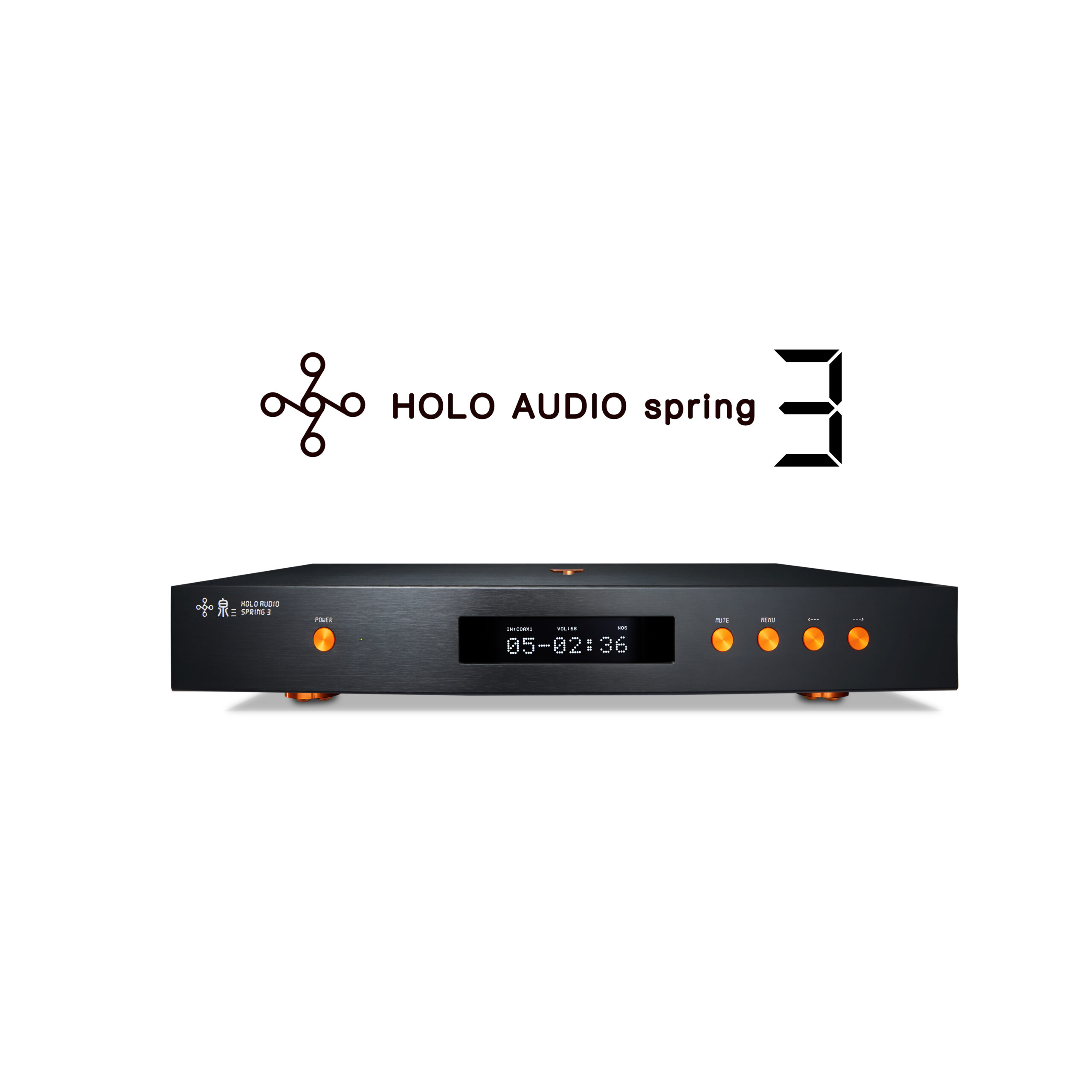
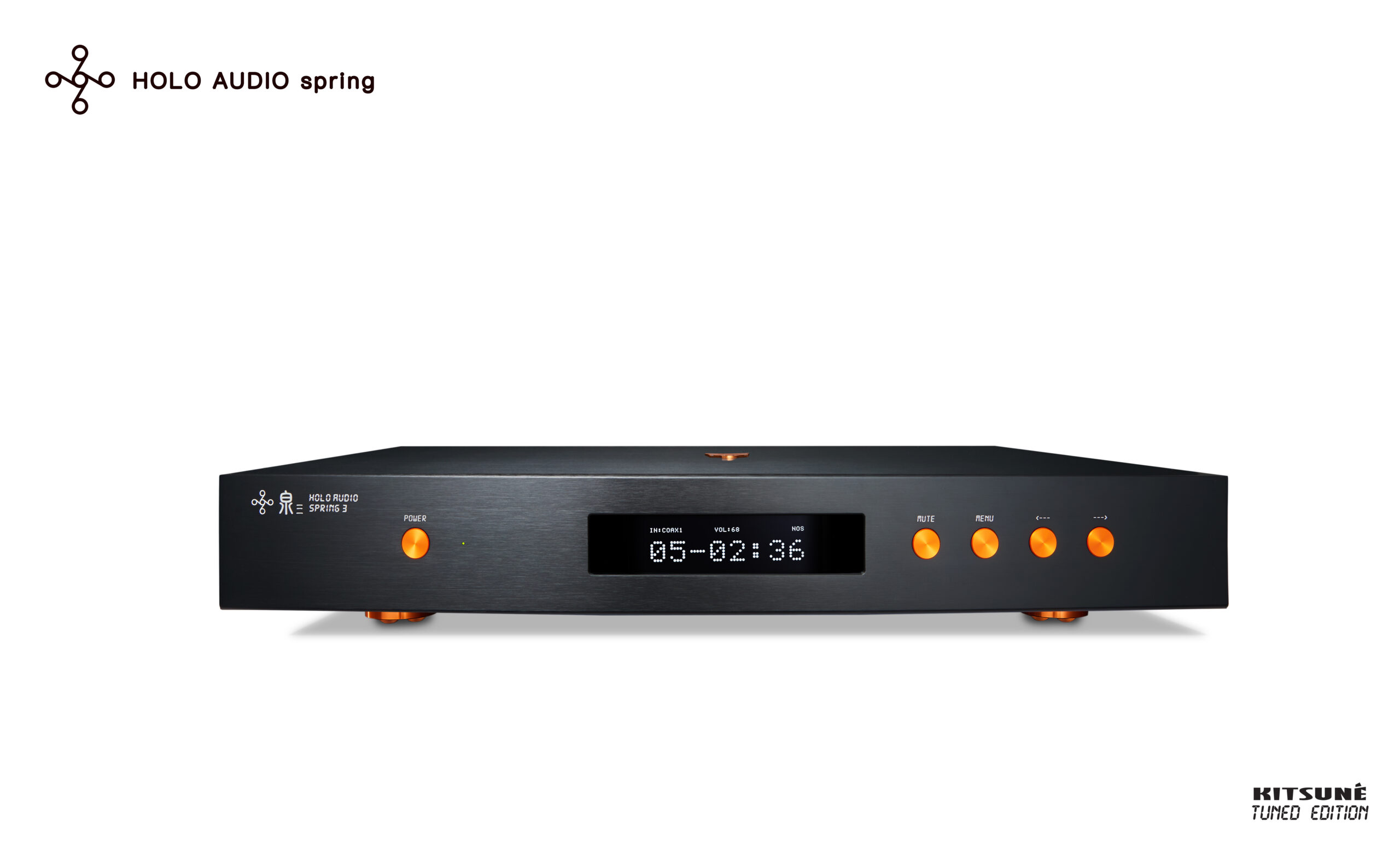
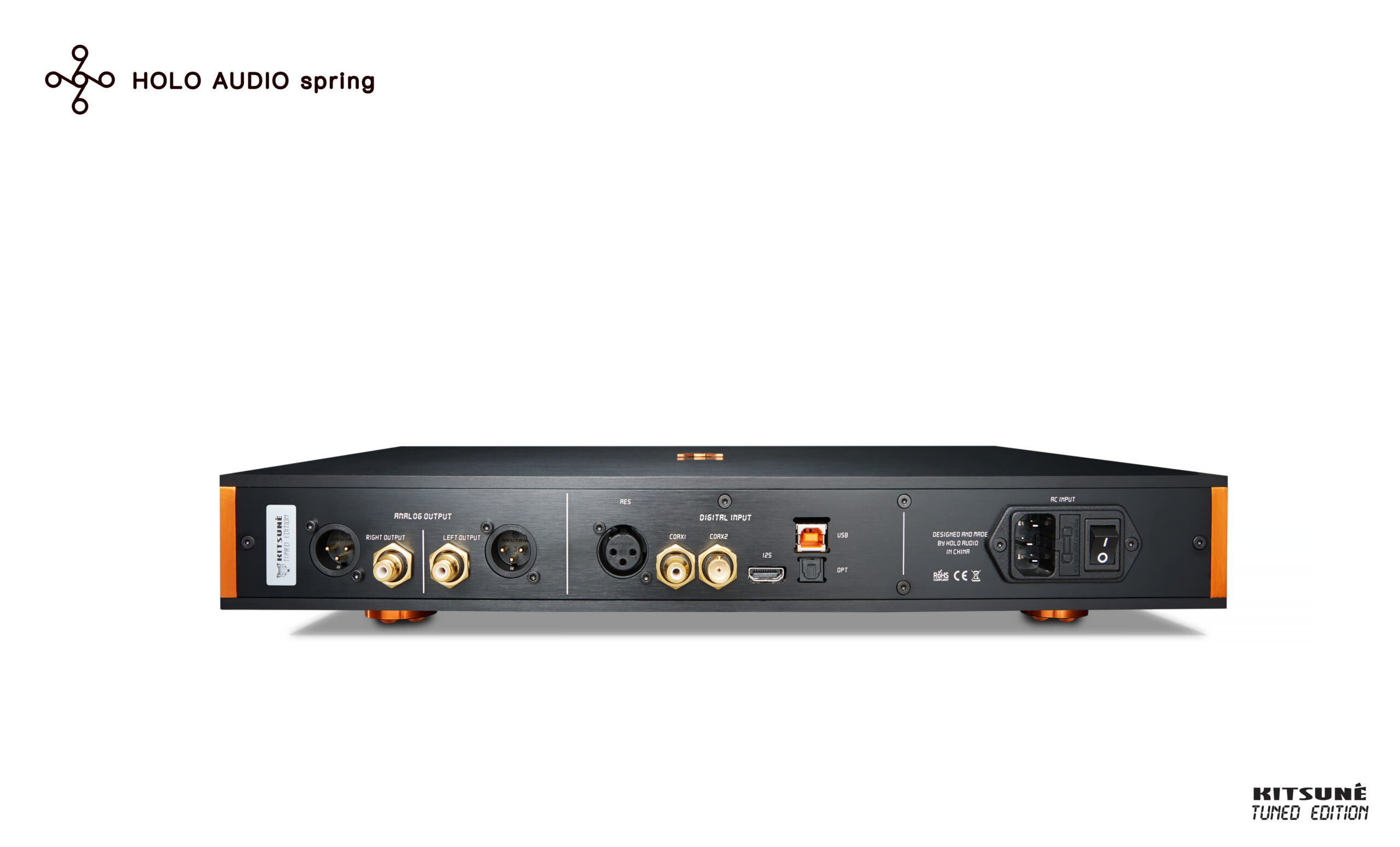
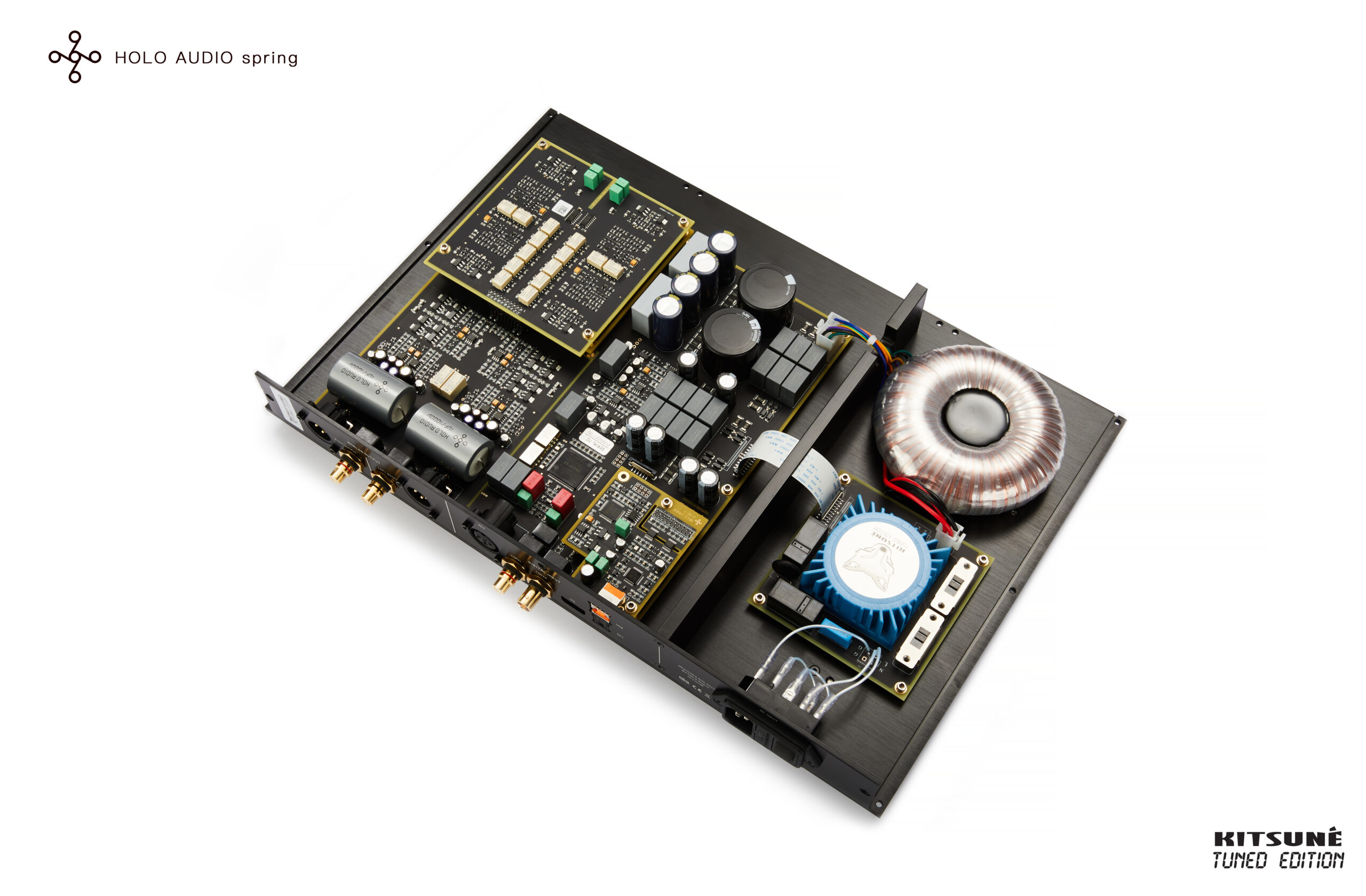
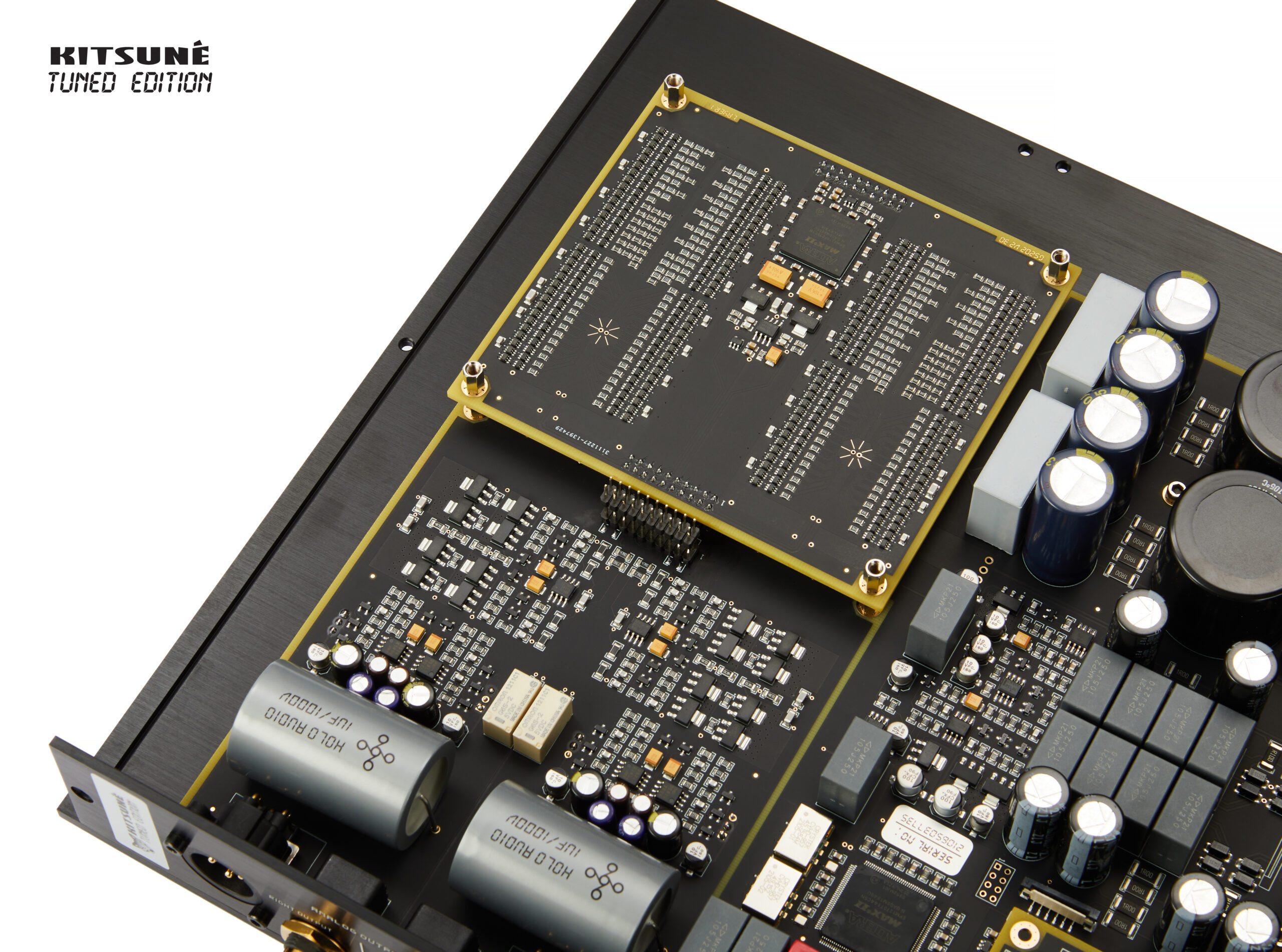
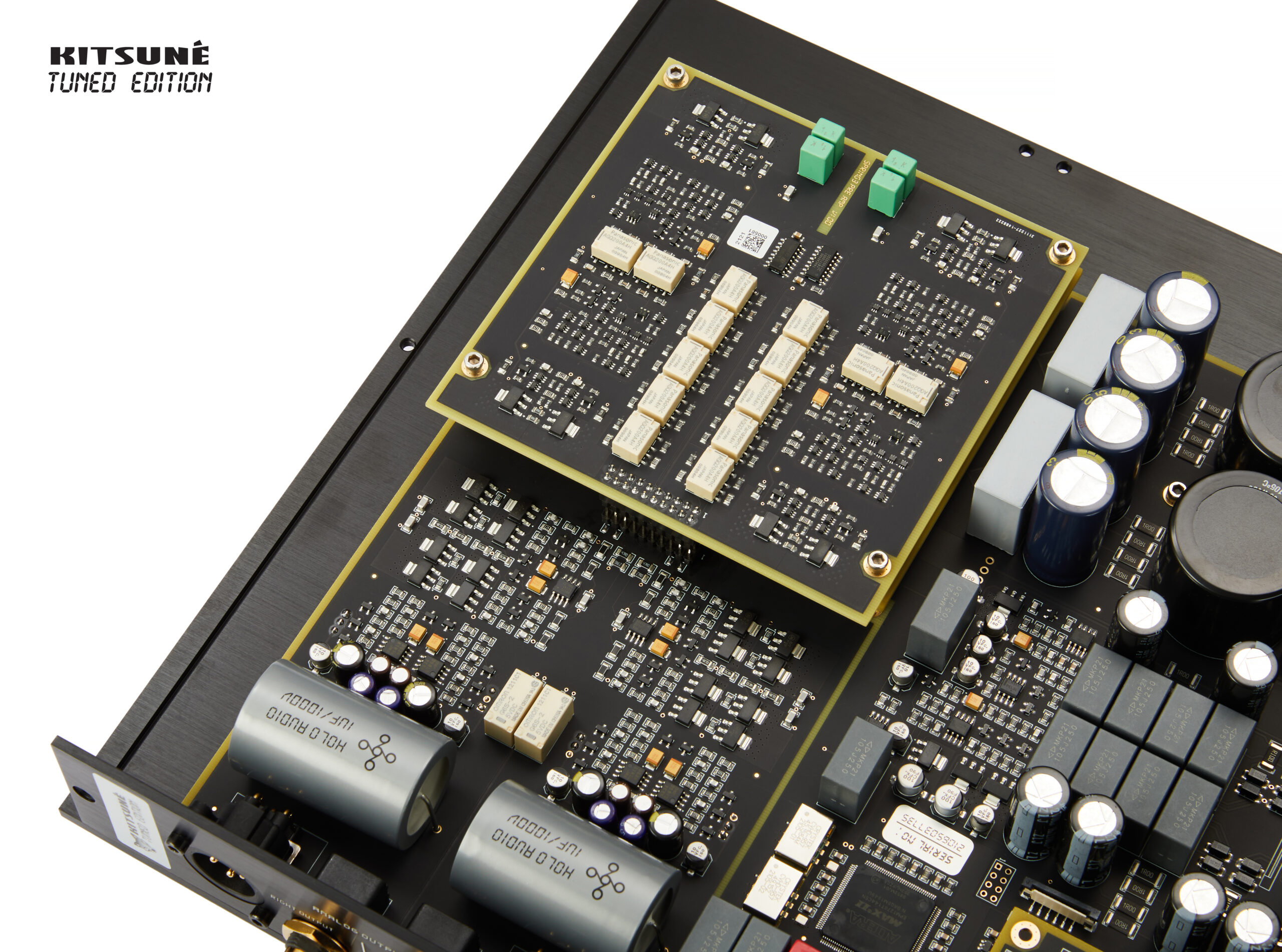
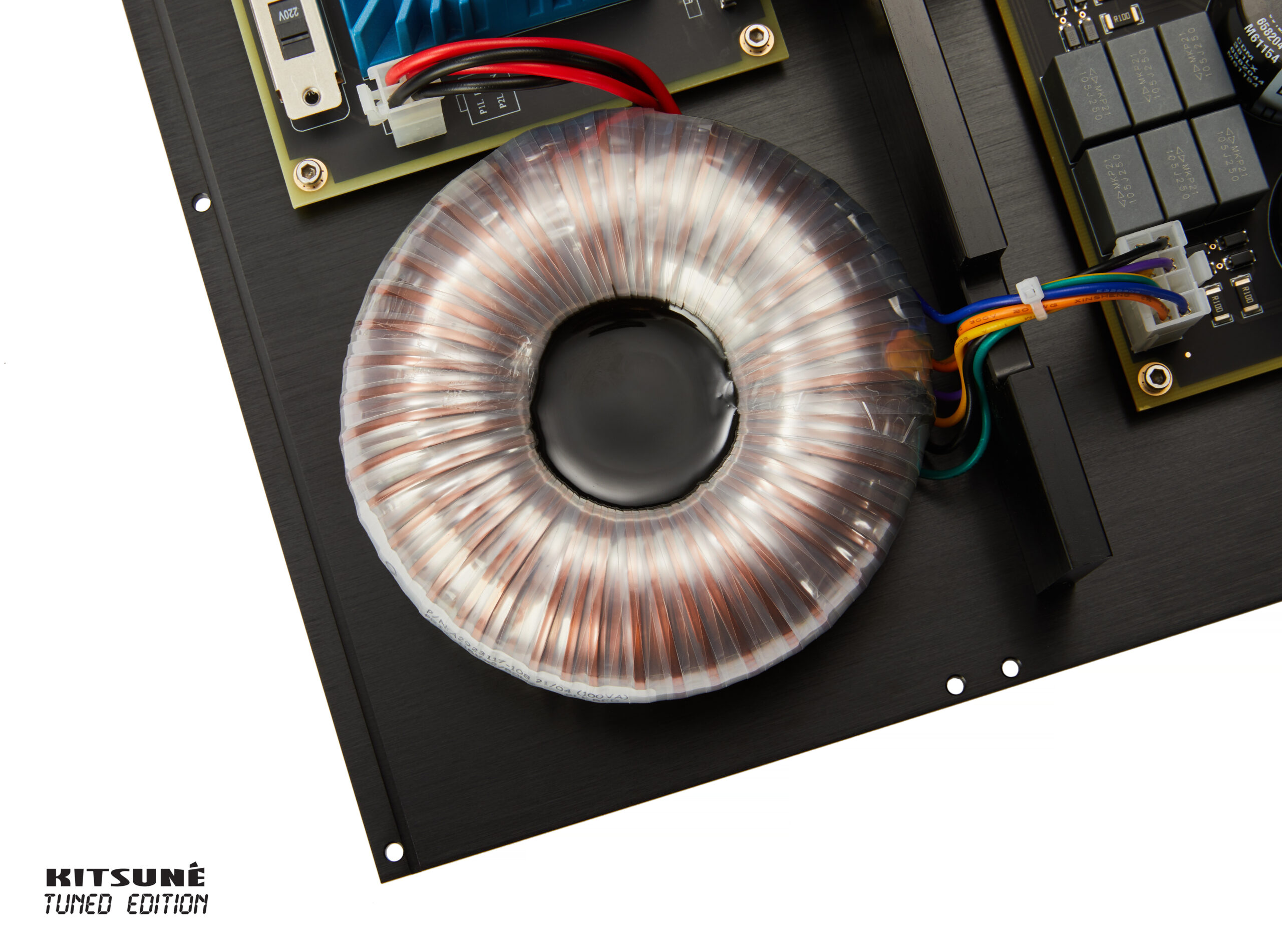

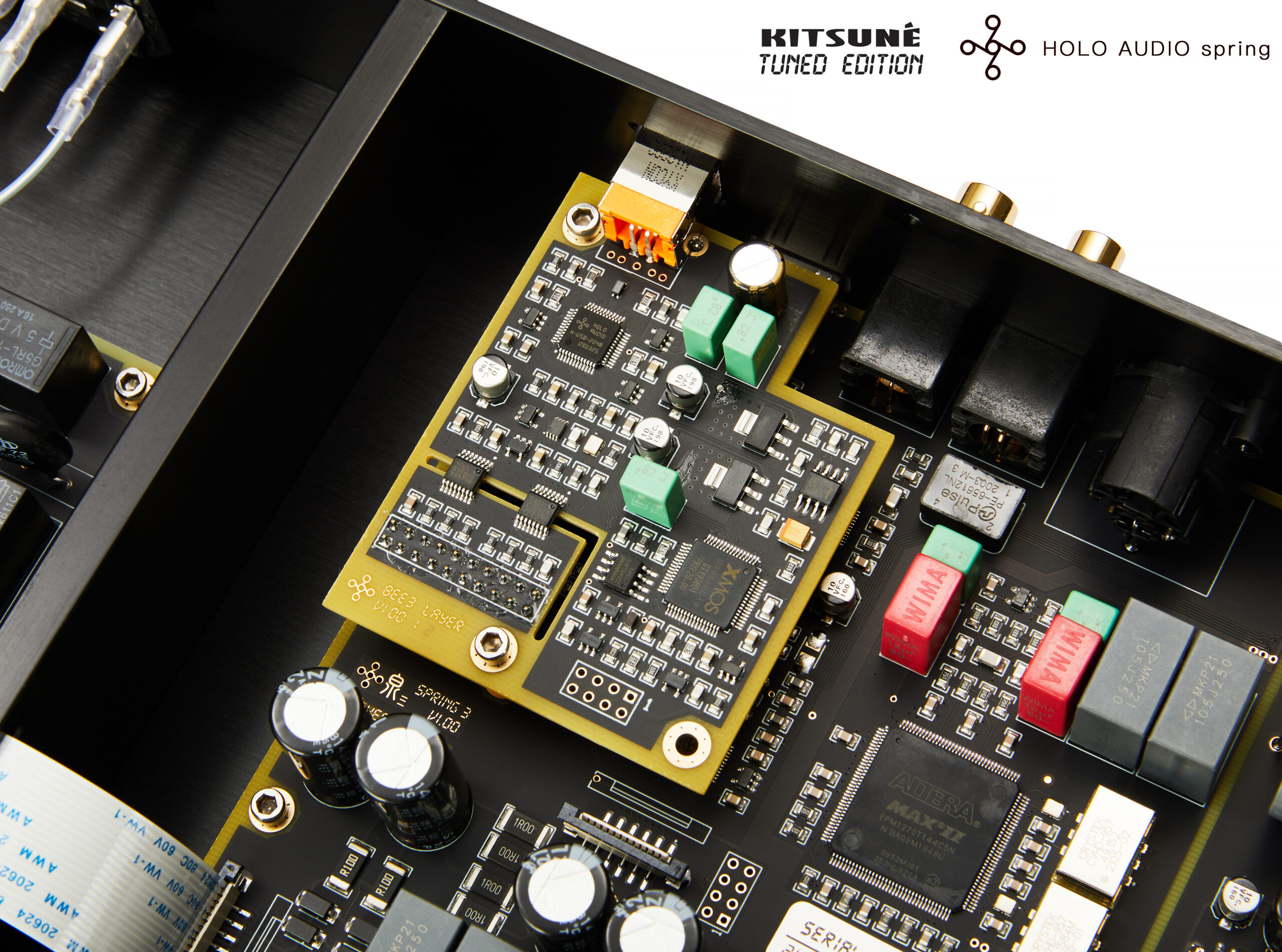

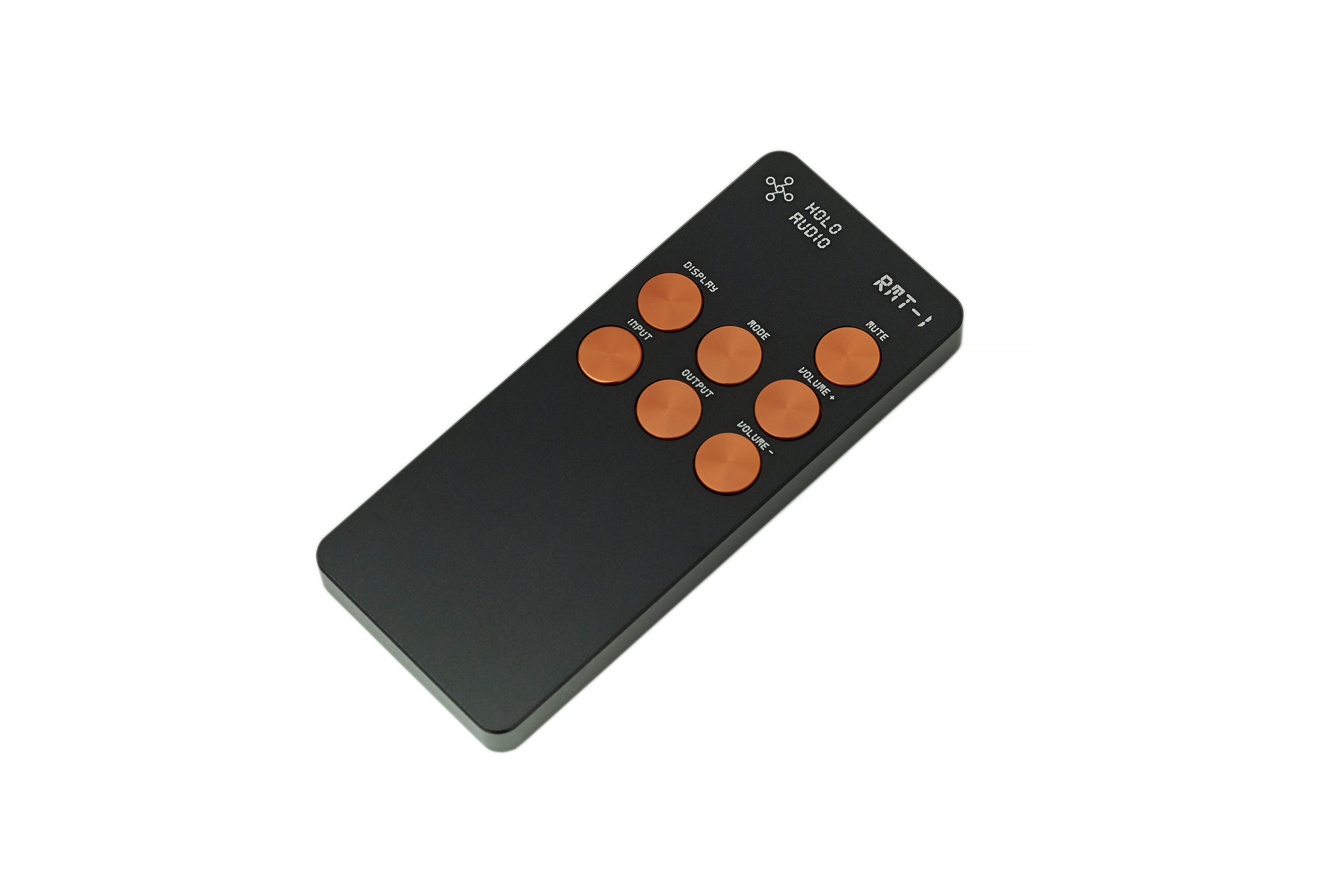










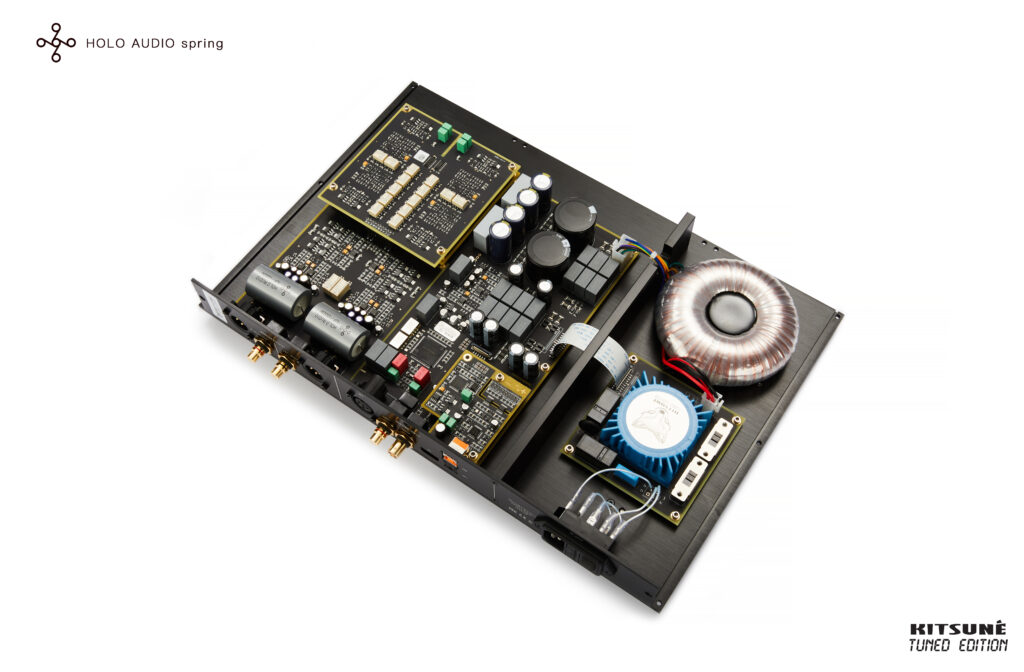
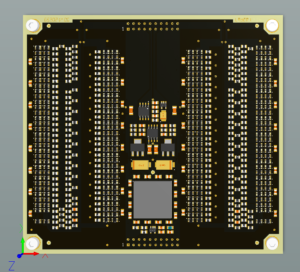
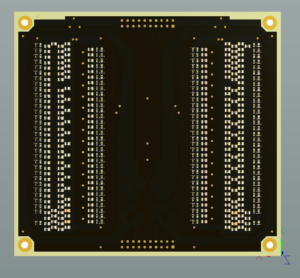


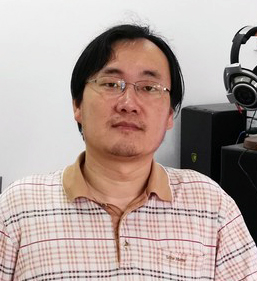
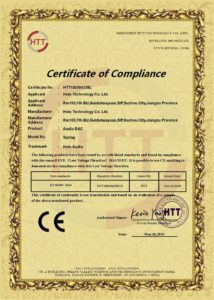
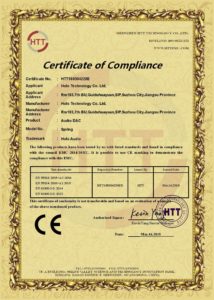
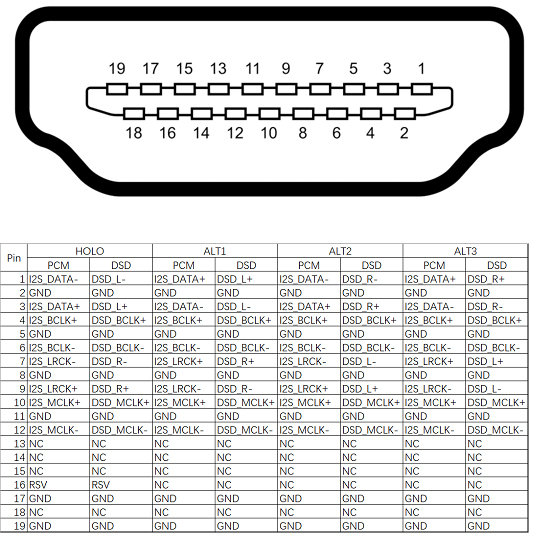
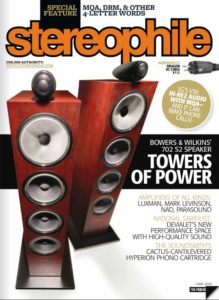
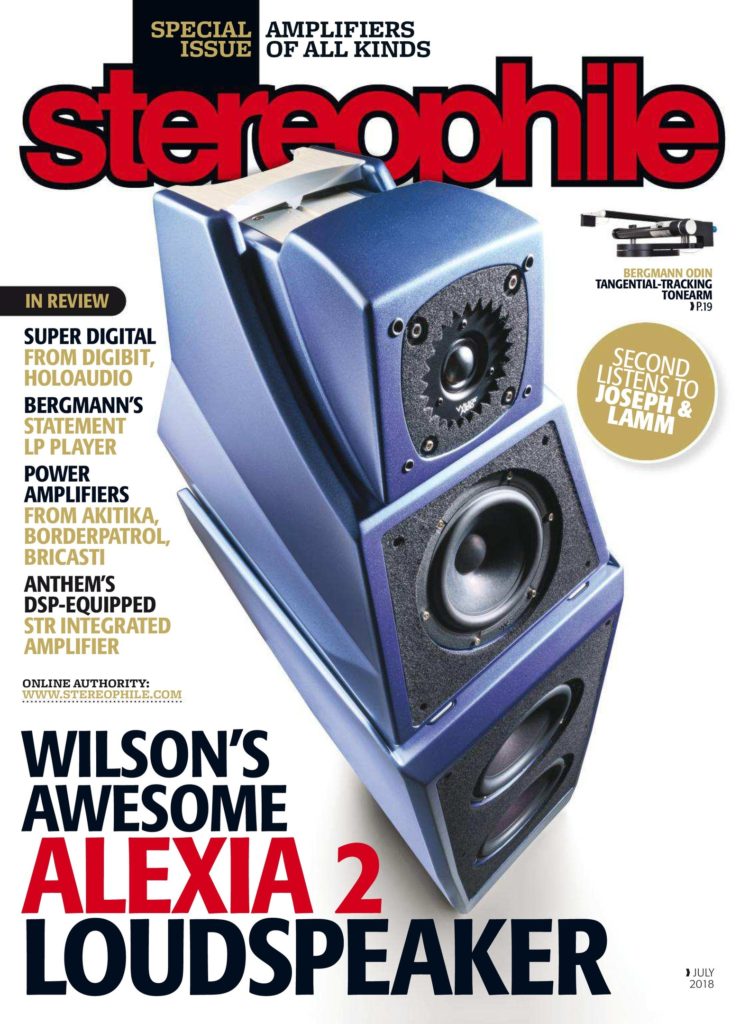
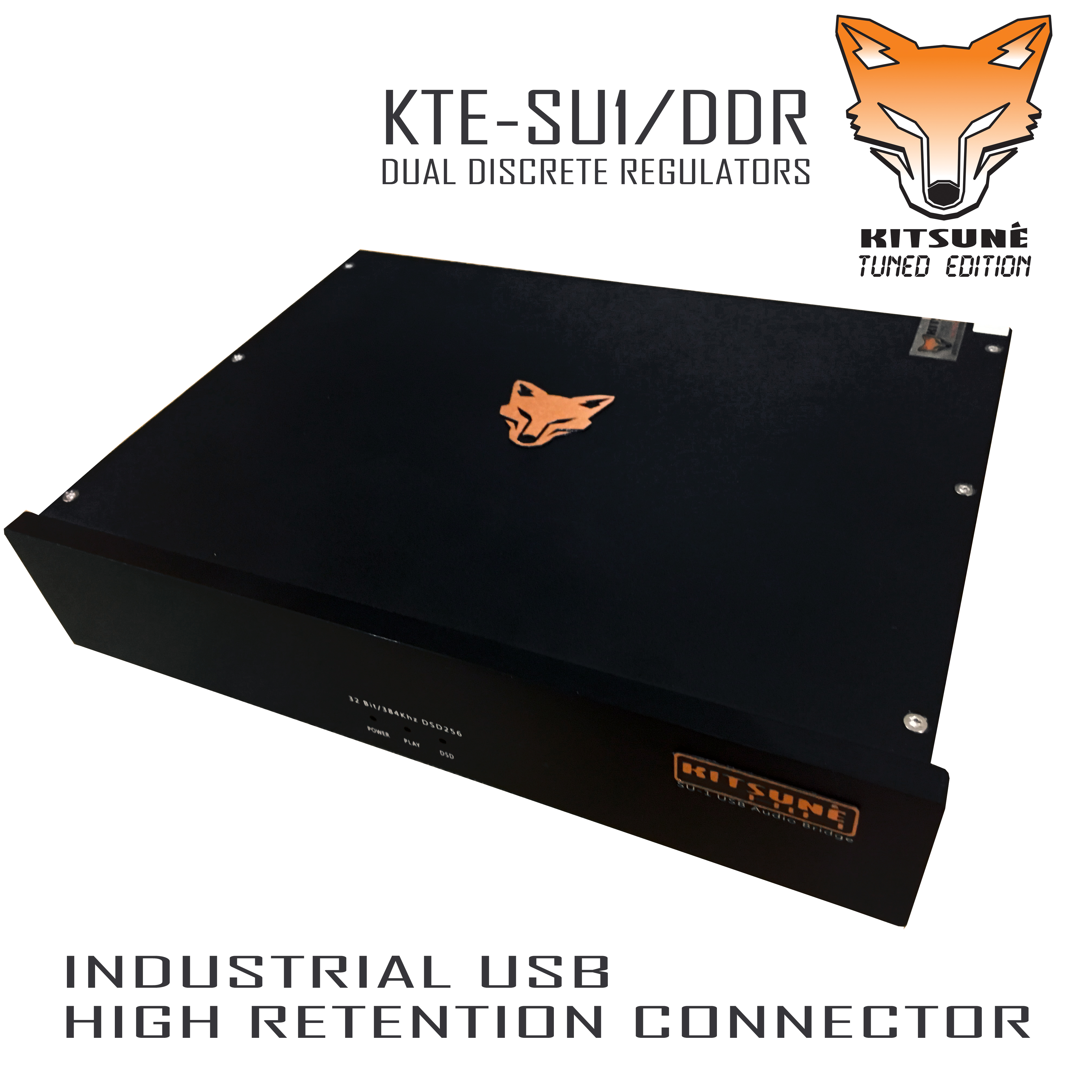
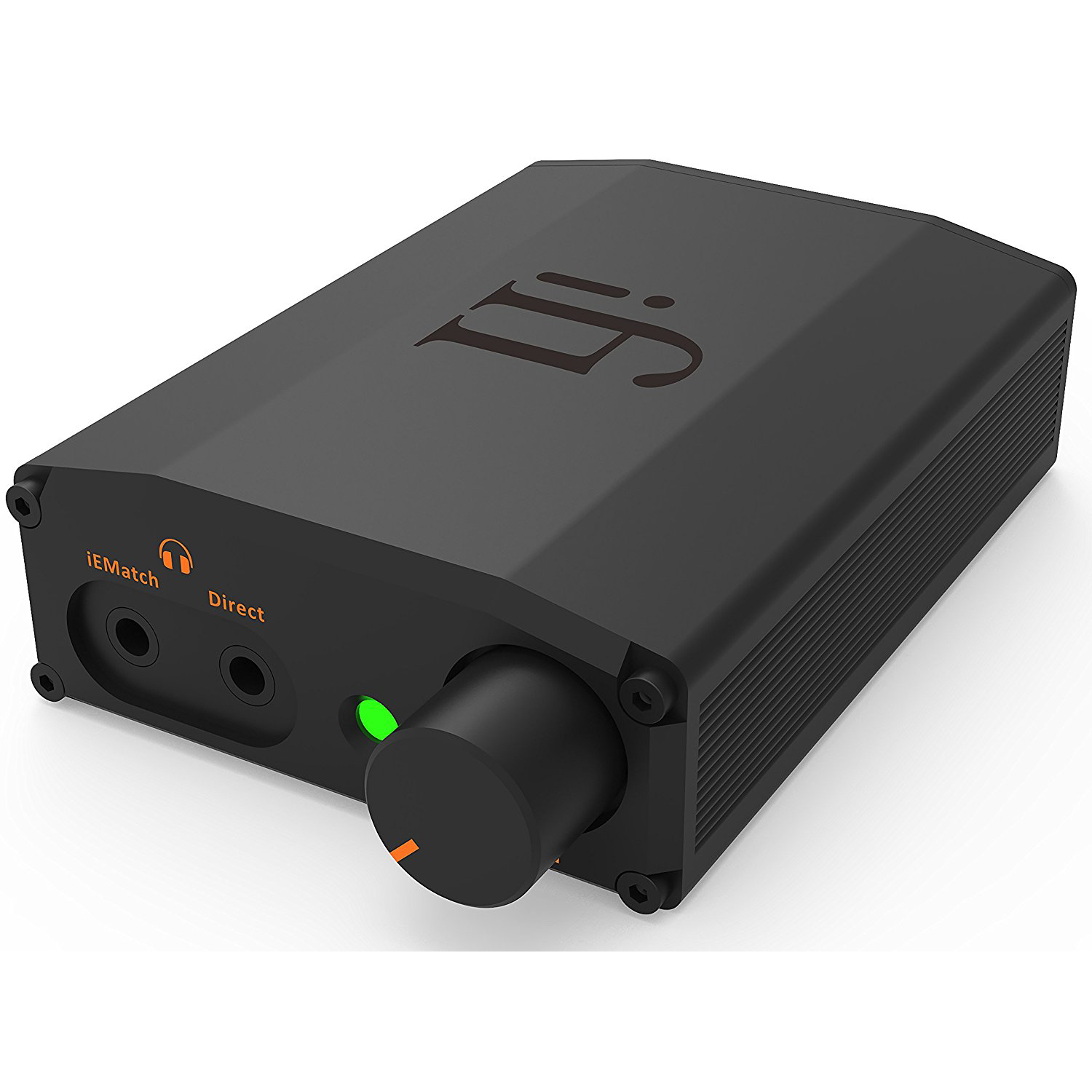
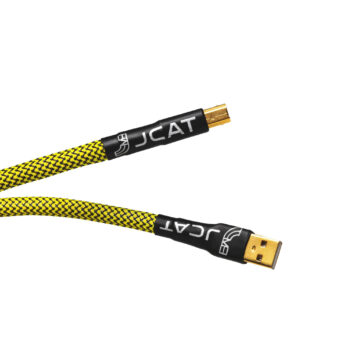
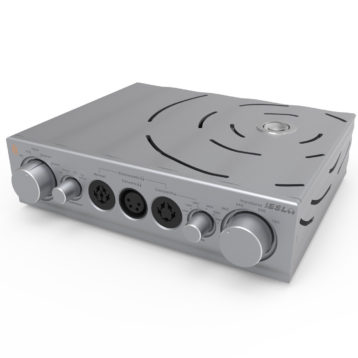
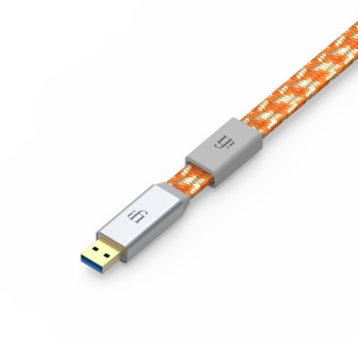
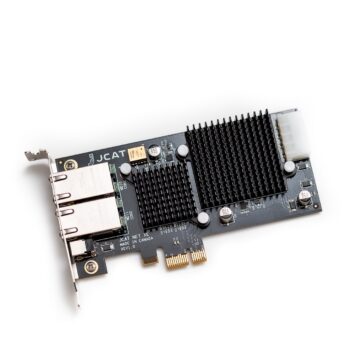
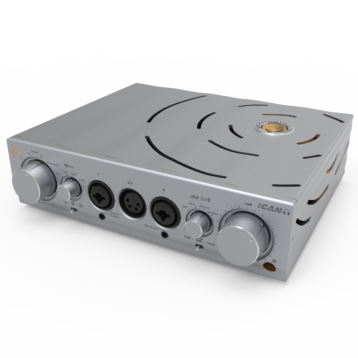
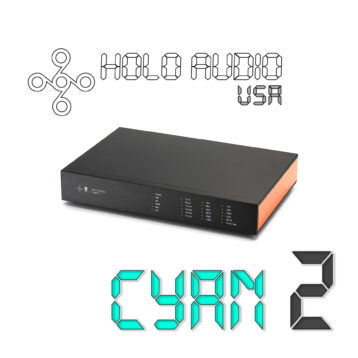
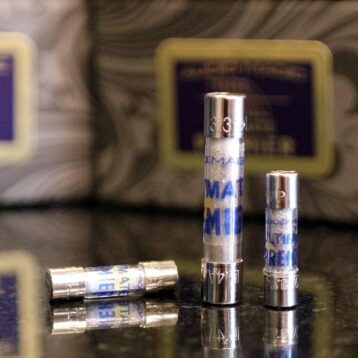
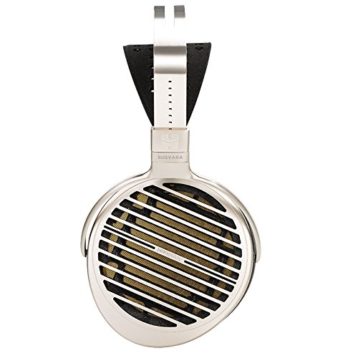
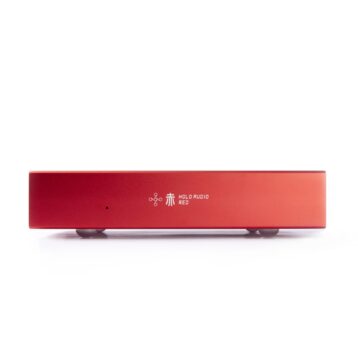

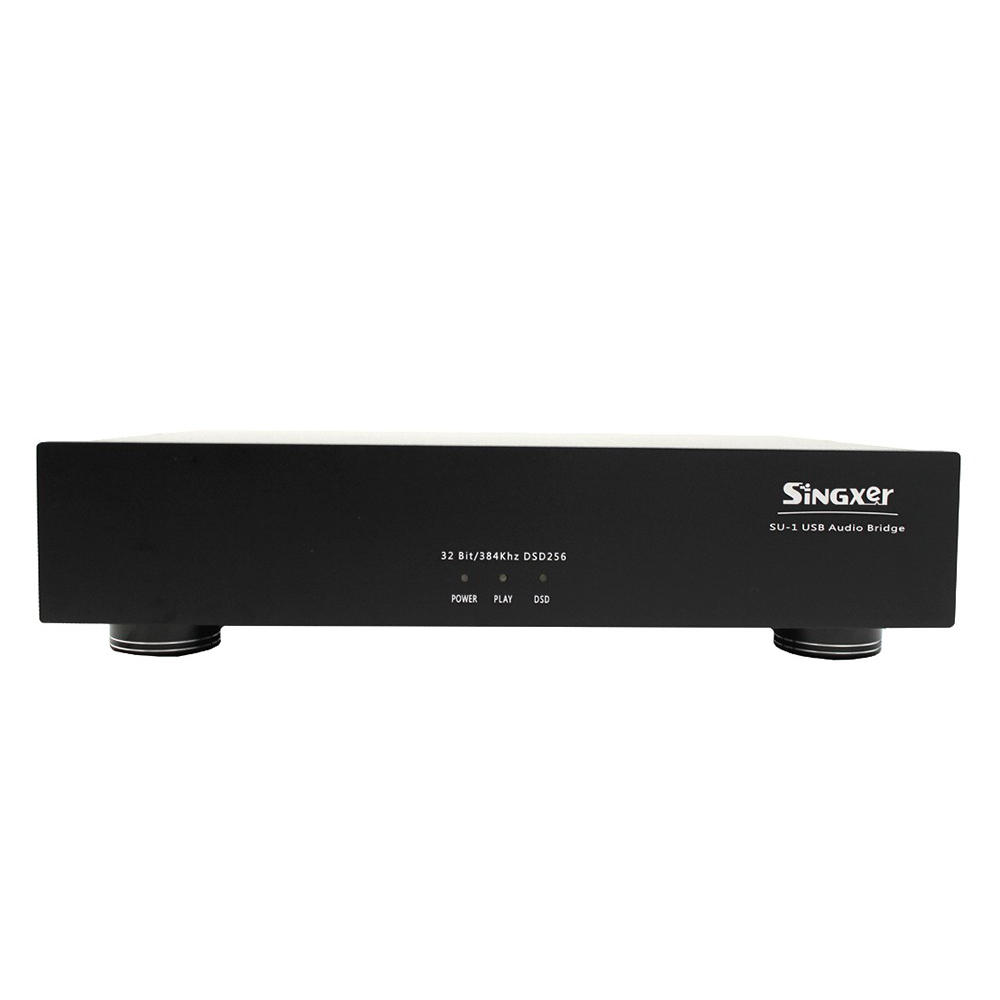
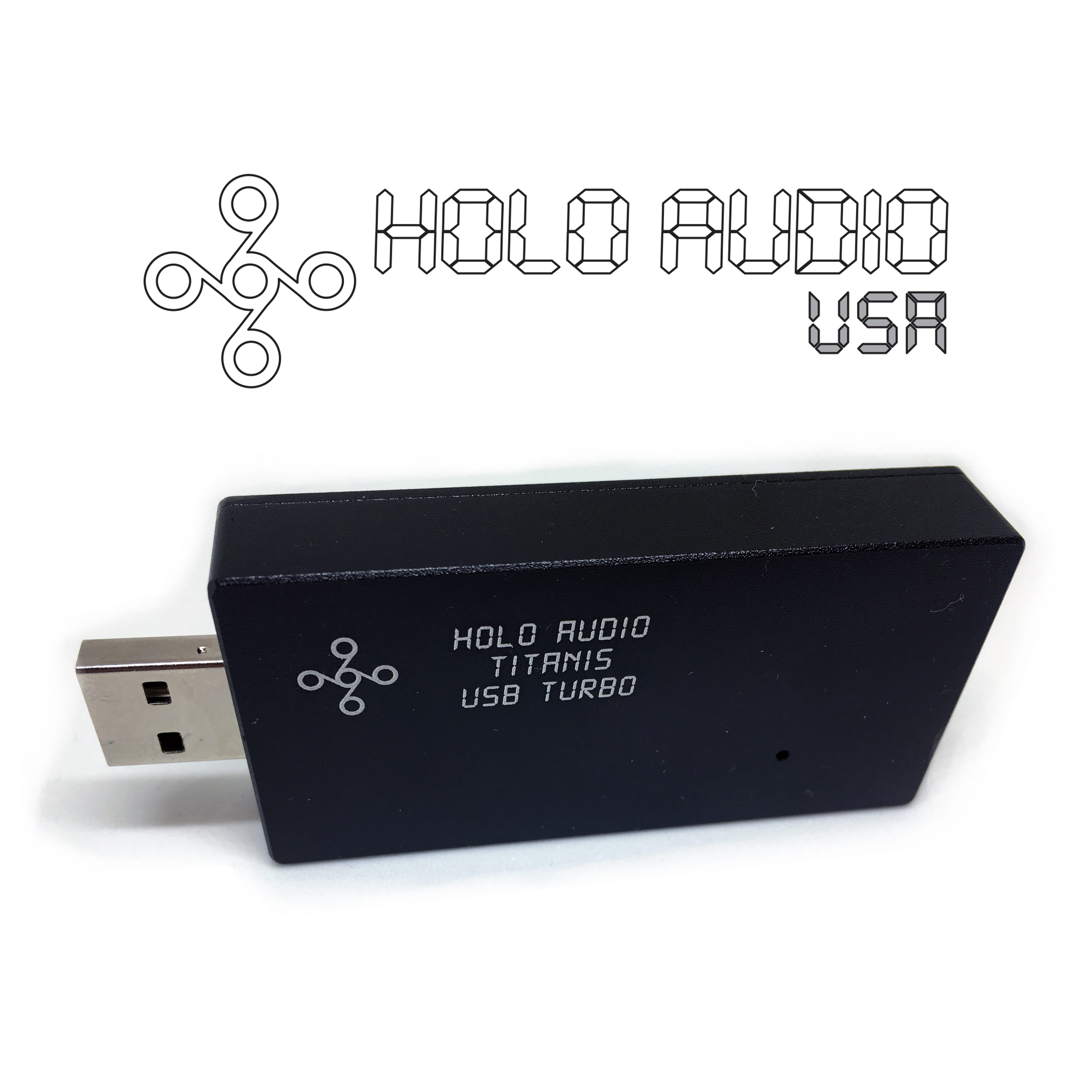
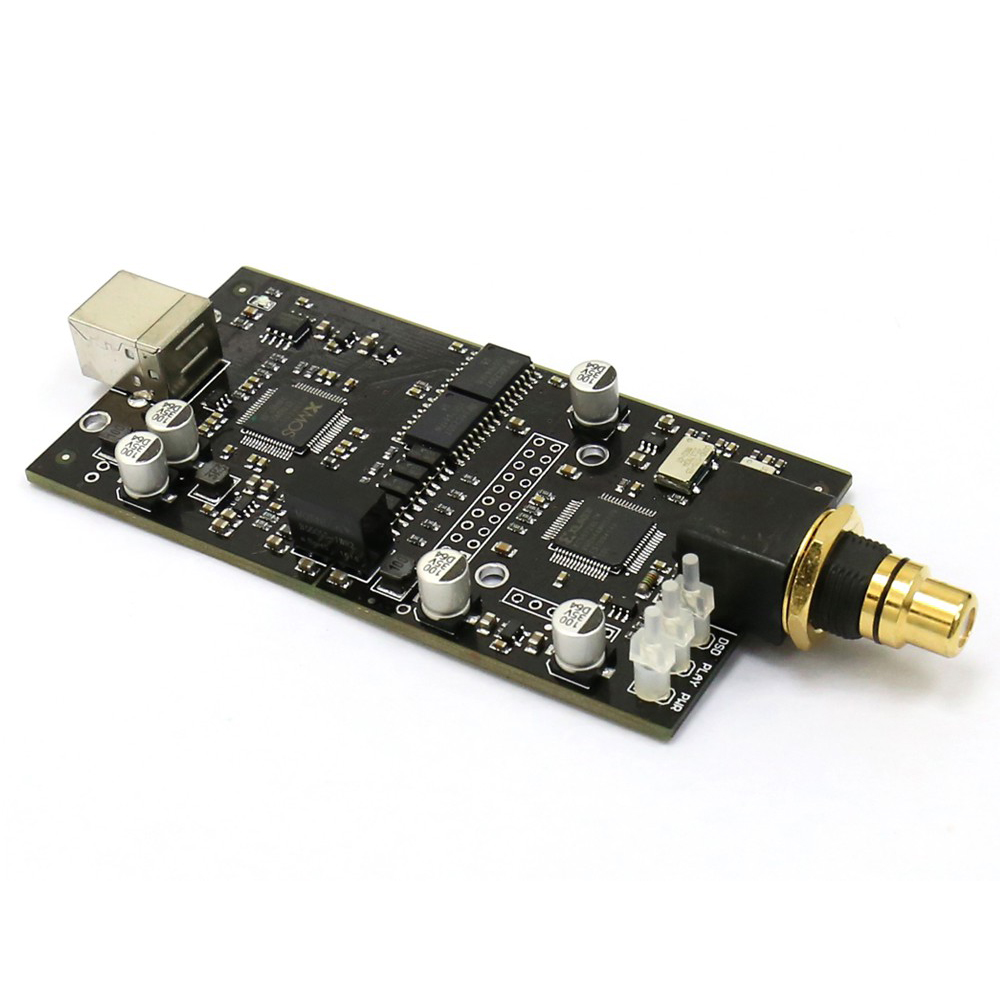
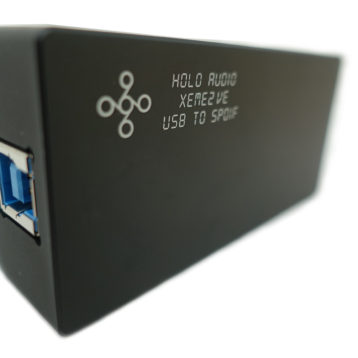
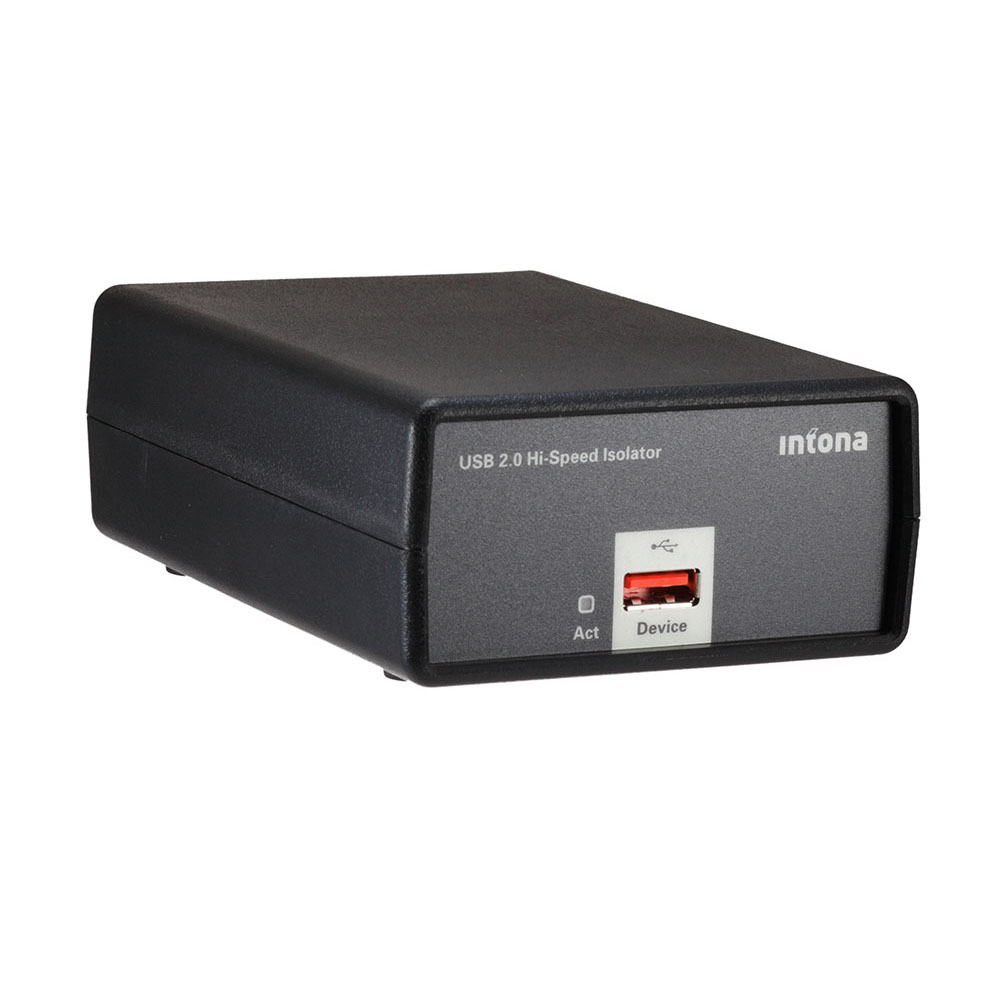
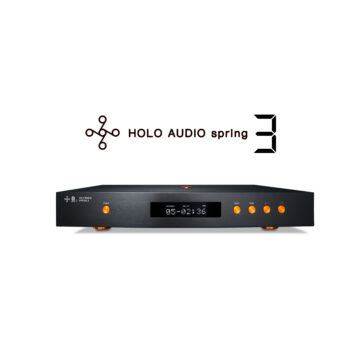
Kenneth Moreira –
Initial impressions.
Sound stage, separation, clarity, detail all took a significant bump up from my topping.
stage and separation
It’s very easy to pick an instrument and just follow that one sound. Imaging is great. A bit of an example of those combining is acoustics in Hotel California. I no longer am hearing the placement of the instrument in its own space but also hearing space between each note/string. Their is tangible air between them. Furthermore, layering of front to back is also more notable without the need to be critically listening. The stage as a whole is wider, although I do not believe it has gotten anymore height.
Clarity and Detail
Well another obvious stand out. My better half who was and remains significantly unhappy with the amount of money spent, did make a comment. Walking by me, she said she could already hear a difference just via the sound leaking from the open backs. Upon her listening she said , you know its more clear, and theirs more ” i don’t know somehow it seems more smooth almost.. I know you we’re worried that you wouldn’t be able to notice the sound difference for the money but you can at least say its there. ”
For me the moment of ahh theirs a more to it came initially with “under dogs” by Alicia Keys. Hearing the multiple vocal tracks layered very clearly. Again the same experience with frankly, ever “beatles” song I’ve played. Their are new details emerging as far as little drum hits and such that I do not notice previous. Again, without the need to pay attention. I notice these new things while I am actively typing this out. Clearly not focusing specifically in search for details.
Characteristics and Tone
Well its is clear this dac presents music in a different way. That is for sure. It doesn’t take long for the brain to adjust and for it to become the new normal. I do notice snares , high hats, clicks , snaps and claps are have a more crisp hit. It’s far less dull and drowned out. The sound all around is more Lively, making me previous dac seem flat .
As if I went from watching a concert in 4k . To being in the venue. Is it night and day ? yes. Is it 4 times better, no. But you know this, you’re in this rabbit hole with me.
All for now , time to enjoy
My setup :
Furman power conditioner
Holo Spring 3 KTE
Trafomatic Head 2 with
6N23P Reflektor Holy Grail 1975 SWGP Silver Shields NOS Matched Pair E88CC
Reflektor 6N30P-DR 1988 , Upgraded the Fuse to a SR Orange Fast Blow
Headphones: hifiman Arya
John O’Brien (verified owner) –
Hi Tim,
I have been listening to the Spring 3 Kitsune edition DAC since October and wanted to let you know, it sounds REALLY good! My initial listening has been via audeze headphones and through focal sopra 2 speakers in a room with excellent acoustics and a high ceiling. Previously I was using a seven year old April music stello dac.
That dac was missing some high end clarity and detail; not in the same league as the spring 3. My headphones also had sounded a little dark missing that sparkle in the high end.
The spring 3 sounds remarkably better in every respect. I think the spring initially opened up after running it for a few days. It sounded great out of the box, but just kept getting better. The first few nights I just let it play. The spring really brought the LCD2’s to life in a big way. I can listen at higher volume levels without fatigue. I could not be happier with the spring 3. The clarity and detail is amazing. Listening to recordings I have loved for decades is like hearing them for the first time as the recording engineer intended. Sounds that used to be muddy and hidden in the background are up front and clearly imaged.
The spring must be decoding and presenting more musical Information than I have ever heard. I can clearly hear subtle details in the outro of every song that I have previously never heard before, uncanny. Instruments have great imaging and separation without sounding analytical, just natural and open. The sound stage has increased in size and depth. Every instrument and voice just sounds REAL. The spring is everything I had hoped for. I truly appreciate this component.
Richard Martin (verified owner) –
I have now had the Spring3 KTE for about 5 months. I am still blown away at how amazing this thing sounds. The details and clarity are incredible and I hear things I’ve never heard before on albums that I’ve listened to over a 100 times. The separation of musicians and instruments is crazy good.
But the best part is how much the bass is brought forward because of the separation and clarity. I had been previously been considering adding subwoofers but now I am content.
I don’t see any reason to even consider another DAC. For the cost, I would recommend the Spring3 KTE as the first improvement to the digital side of a system for someone looking to move into higher end audio equipment.
Toby Conrad (verified owner) –
Upgraded from my Cambridge Audio Dacmagic 2 to the KTE. I cannot believe the difference. The sound is hugely natural especially vocals, classical and jazz. Lots of detail and clarity. Incredible value. The look, materials, controls and connections are all first rate. Arrived in about 4 weeks. Fantastic.
No name provided –
I purchased the Spring 3 to pair with a Bliss driving Susvaras. Although I knew I would be blown away by the Bliss I didn’t expect the utter shock that I got when I paired it with the Spring 3!
The Spring 3 not only has an outstanding, effortless sound it’s very powerful. Using a few mid level DACs driving the Bliss made it very clear how strong the Spring 3 is in providing big macro dynamics to the Bliss as well as gut-wrenching beautiful renditions of instruments and voice and a complete black background of noiseless beauty behind it all.
If you are wondering if you need this DAC to pair with a Bliss for your Susvaras, don’t hesitate. It blows away anything I’ve tried and remember, your headphone amp can’t do it all. If you aren’t supplying the best possible rendition of your digital signals, your amp can’t make up for it.
I can’t tell you how big of a difference the Spring 3 made to my setup. I have a whole new respect for what great DAC technology can do.
Thank you Tim and Jeff!!
Jim Meinhardt –
I upgraded from an Auralic Vega DAC to the Spring 3 KTE. The difference in sound quality was HUGE. The Spring was better in every way, but most notably, a more ‘analog’ sound. I simply did not expect such a big difference.
Claudio Gaudio (verified owner) –
I recently purchased the Holo Audio Spring 3 KTE with the preamp. It’s simply remarkable, I have owned it for less than 2 weeks now, and it has transformed the listening experience. I have a pair or Revival Audio Atalante 5 speakers and an Arcam PA240 amplifier, the room is acoustically treated.
Previous to the Holo Audio DAC I was using a processor / preamp from a pretty good manufacturer, or so I thought. The difference is stark!
Adam (verified owner) –
Excellent DAC. I bought this to replace a similarly priced DAC, and it was well worth it. The R2R design, when properly implemented, is by far the best DAC design. Holo is just about the only company that does R2R designs with no compromises. Now when I hear delta-sigma DACs, I find them dull and can’t wait to go back to my Spring 3. The Spring 3 is far more holographic, realistic and dynamic than delta-sigma DACs, even ones that cost a lot more. Another benefit is HQPlayer, which only plays well with Holo DACs, since they are the only true NOS DACs. Normally I like the NOS sound more, but for some music, HQPlayer is a big improvement. I believe the designer of HQPlayer himself has a Holo Spring 3 for his personal DAC. I bought the level 1 version, and am very happy I did. As I see it, if you don’t need the preamp module, the level 1 offers the best value. If you want the preamp module, the KTE is probably well worth the extra cost. Without using speakers or something on the level of a Susvara, my level 1 Spring 3 has probably 80-90% of the performance of a Holo May KTE, and at a fraction of the cost. GoldenSound said the sound of the Spring is very close to that of the May, and he prefers the May to any other DAC, including $20,000 DACs. So if you want to buy one of these DACs, I think it is just a question of your budget, and how much you are willing to spend for slightly better performance, moving up the ladder from a Spring 3 level 1 to a May KTE. But my Spring 3 is absolutely incredible, and I highly recommend it.
Ferrara Pan (verified owner) –
I bought the Spring 3 KTE a year ago and I’m still loving it. I can’t imagine ever wanting a better DAC than this, it has such a great soundstage, and a natural and open presentation of whatever music I play through it (JRiver Media Center on a Windows PC sent via USB to the DAC). Classic or indie rock, acoustic folk, jazz, classical, experimental, electronic, it all sounds great with this DAC. And I chose the KTE because the enhanced USB circuitry saves me the bother of having to get a DDC or some interface to remove any potential PC noise from the USB signal. I listen to mostly PCM lossless as well as DSD and I’m pleased with the performance. I purchased some PCM 384 and DSD1024 files to test those really high resolutions and it plays them all flawlessly, unlike the OPPO USB-205 I was previously using as my main DAC (which now serves as a disc transport mainly or for SACD playback occasionally). I may get into oversampling with HQPlayer one day but NOS sounds fine to my ears for now.
Honestly, when I first got the DAC I wasn’t super impressed, and it wasn’t till I replaced my integrated amp with Benchmark separate power and preamp that things opened up in a big way. (Almost got a Bliss or Serene but settled on the HPA4 for its feature set). I’ve let go of vinyl completely now that my digital rig sounds so good, and I can leave the expense and bother of vinyl behind forever. This is definitely my endgame DAC.